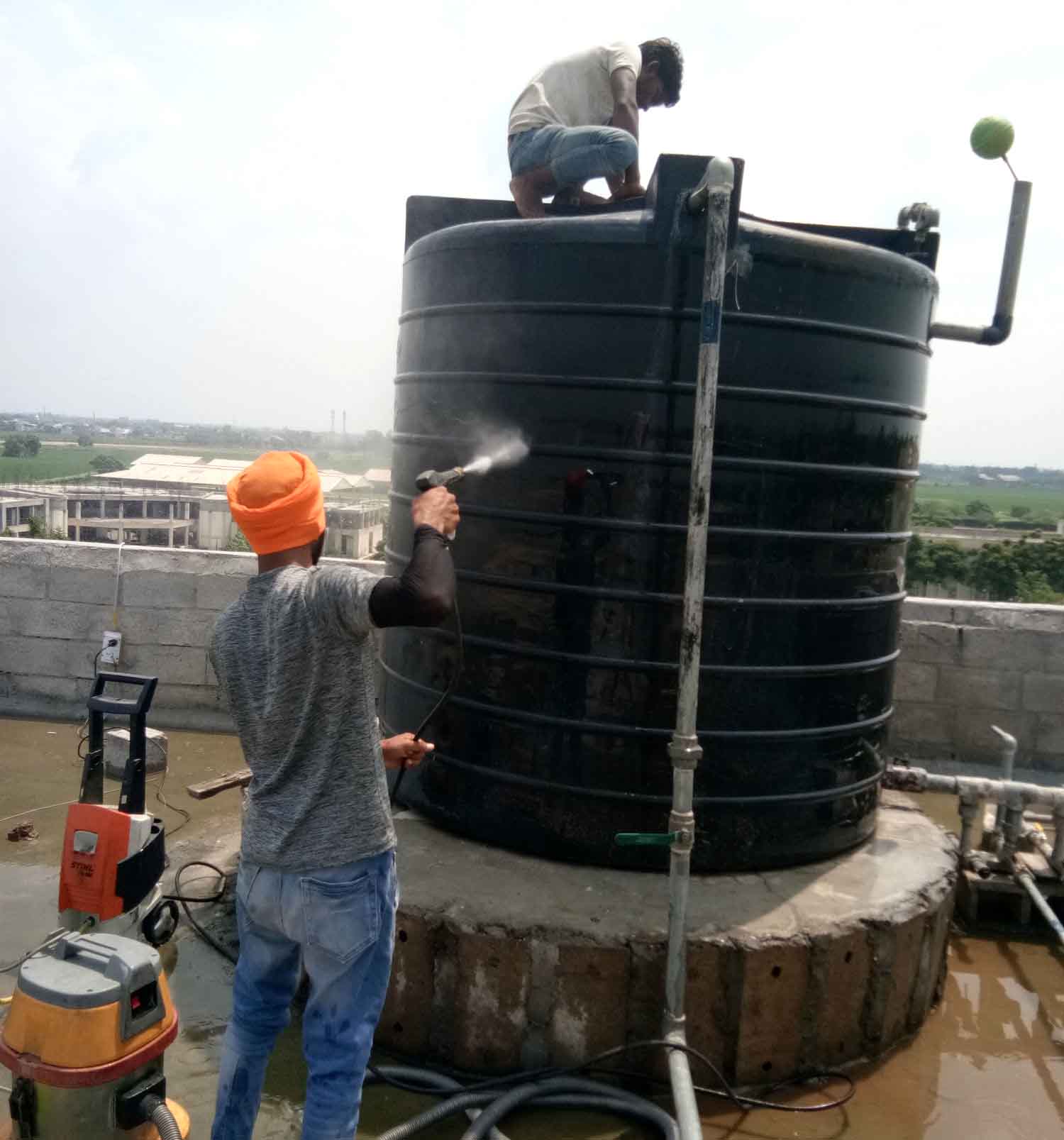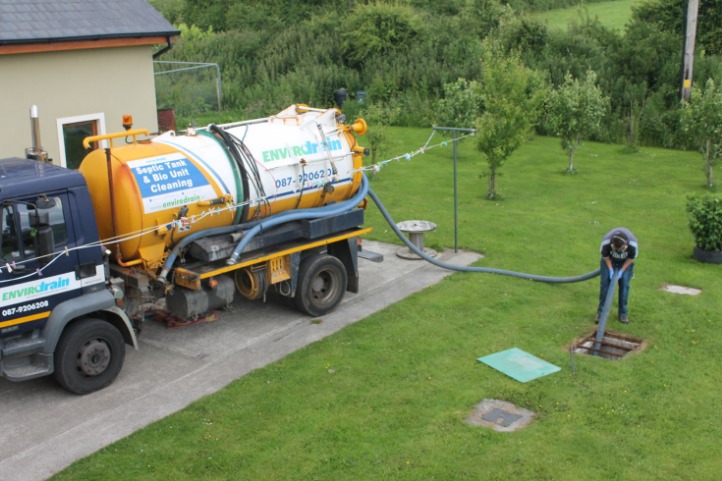When modern diesel vehicles start throwing emissions-related warnings or limp-mode events, productivity takes a hit. The smart approach is to resolve the root causes within the Selective Catalytic Reduction (SCR) and Diesel Exhaust Fluid (DEF) systems, enhancing uptime while staying compliant.
Why SCR/DEF Systems Misbehave
Today’s emissions control stack is sophisticated. If your dashboard lights up, typical culprits include:
- Faulty NOx sensors reporting inaccurate emissions data
- Crystallization or contamination in the DEF tank or lines
- Failing SCR catalyst efficiency
- Wiring/connector corrosion and intermittent CAN bus faults
- Outdated ECU software or calibration mismatches after repairs
Legal, Effective Fixes That Actually Work
Cutting corners with emissions hardware isn’t just risky—it can be costly. These solutions tackle the problem the right way:
- Guided Diagnostics: Use OEM-level tools to validate sensor readings and fault histories before replacing parts.
- Software Updates: Apply the latest ECU calibrations to resolve known drivability or fault-code issues.
- Sensor and Harness Testing: Verify NOx and temperature sensor integrity, plus continuity on harnesses and connectors.
- DEF System Service: Drain/flush contaminated fluid, inspect dosing modules, lines, and filters; confirm correct concentration.
- SCR Health Check: Assess catalyst efficiency and exhaust leaks that skew sensor feedback.
- Preventive Maintenance: Introduce interval-based inspections to catch early signs of trouble.
Benefits of Doing It Right
- Restores full engine performance and fuel economy
- Protects warranty and resale value
- Keeps vehicles compliant with emissions regulations
- Reduces repeat faults and unplanned downtime
Real-World Tips for Fleet Uptime
- Store DEF in sealed containers, away from heat and sunlight; test concentration if unsure.
- Log fault codes and freeze-frame data before clearing; it accelerates root-cause analysis.
- Train drivers to report early symptoms: intermittent warnings, unusual regen frequency, or sulfur-like odors.
- After repairs, perform a complete drive cycle and re-check monitors to confirm a durable fix.
FAQs
Is it safe to keep driving with emissions warnings on?
Prolonged driving can escalate damage and trigger limp mode. Run diagnostics promptly to prevent knock-on costs.
What’s the most common cause of repeated emissions faults?
Multiple component issues are common. For instance, a failing NOx sensor plus aging wiring can mimic other failures. Test systematically.
How often should DEF be replaced?
Follow the service schedule, but replace sooner if contamination or incorrect concentration is suspected. Always use fresh, sealed fluid.
Will software updates really help?
Yes. Updated calibrations often refine sensor thresholds, dosing strategies, and diagnostic routines that reduce nuisance faults.
How do I prevent winter-related dosing issues?
Ensure heaters and temperature sensors in the DEF system are functional, and allow proper warm-up before demanding operation in sub-zero conditions.
The Bottom Line
With the right diagnostics, verified parts, and current software, SCR/DEF issues can be resolved efficiently and legally—delivering reliable performance without compromising compliance.





